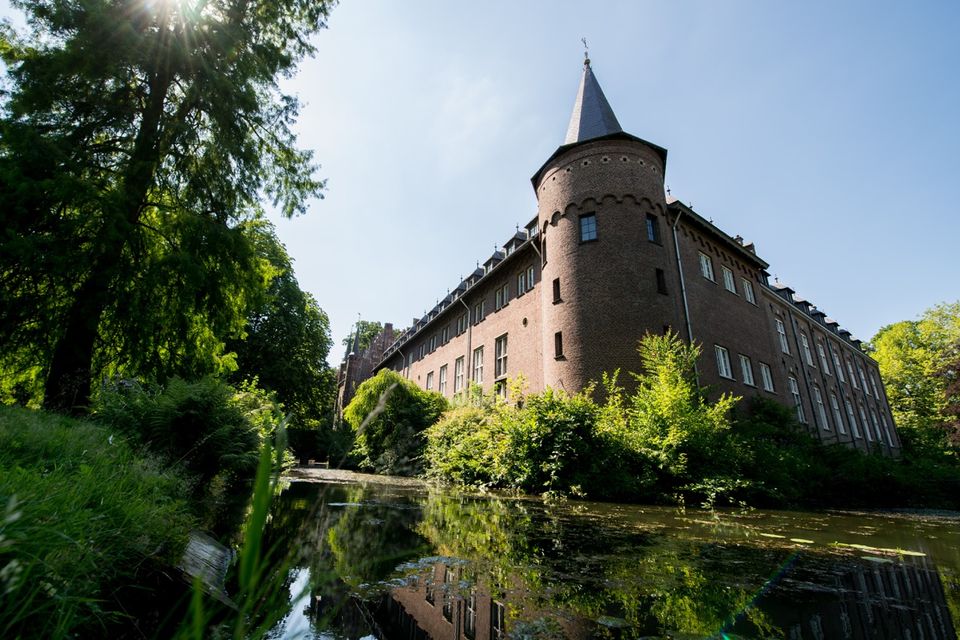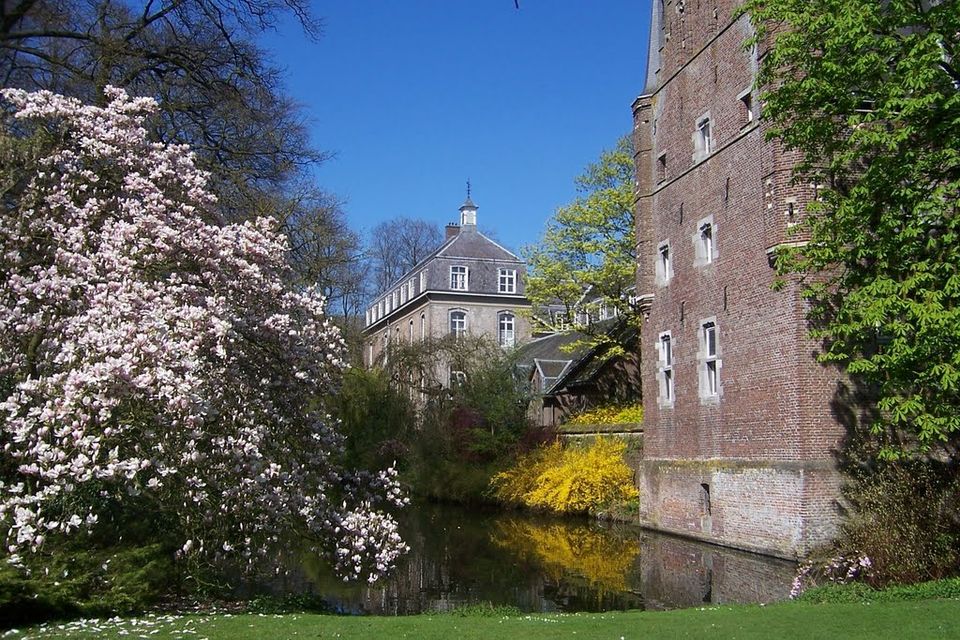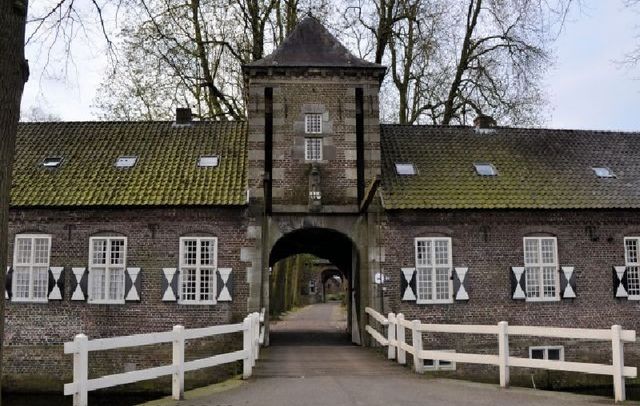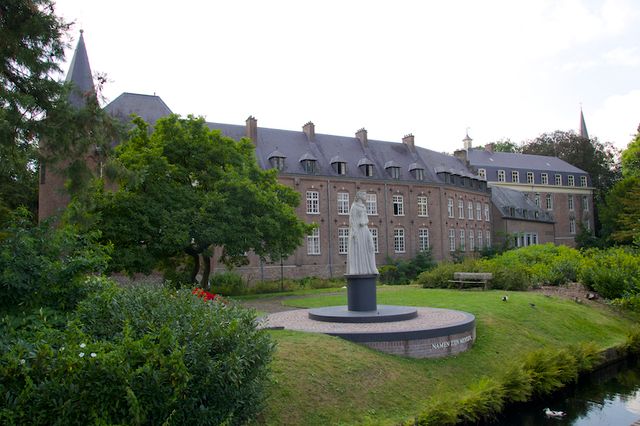Kasteel Gemert
This large castle complex, complete with gardens and castle farms has had an eventful history. It was built by a very powerful religious order of knights that had amassed possessions throughout Europe. With its illustrious history and fairy-tale towers, castle gardens and moat, a visit to Gemert Castle is a unique experience. The Castle is closed to the public, but every first Saturday of the month you can take a look inside the gates with a guide. For more information, contact VVV Gemert-Bakel.
Although it now stands dreamily in the green landscape, Gem…
This large castle complex, complete with gardens and castle farms has had an eventful history. It was built by a very powerful religious order of knights that had amassed possessions throughout Europe. With its illustrious history and fairy-tale towers, castle gardens and moat, a visit to Gemert Castle is a unique experience. The Castle is closed to the public, but every first Saturday of the month you can take a look inside the gates with a guide. For more information, contact VVV Gemert-Bakel.
Although it now stands dreamily in the green landscape, Gemert Castle has a long, often turbulent history. For a long time Gemert was not part of the Netherlands, it was a separate state. Consequently, there have often been riots trying to undo that status, especially from Protestant Holland. Below is a chronological list of what the castle went through. The castle was the administrative center of the principality of Gemert.
Teutonic Order
The Teutonic Order is a religious order of knights founded in the Crusades. They acquired much power and land throughout Europe. This is because they were answerable only to the Pope, not to a secular power like a king. Many nobles therefore joined and donated land. So did Rutger van Gemert. Now his family was Lord of Gemert but the influence of the Teutonic Order was so great that this family eventually had to relinquish power over Gemert.
1198 During the time of the Crusades, the German Hospitaller Brotherhood is established in Akko to care for wounded crusaders. German rulers turn it into a spiritual order of knights in 1198: the Teutonic Order. The order forms the officer core of the German army of occupation in Palestine.
1200 Nobleman Rutger van Gemert, a member of the noble family of the Lords of Gemert joins the Teutonic Order as a knight, laying the foundation for the later Gemert Commandery. Subsequent generations of the Van Gemerts follow his example.
1271 Duke John of Brabant confirmed in an official charter that the administrative power over the Free Lordship of Gemert was partly in the hands of Mr. Diederik van Gemert and partly in the hands of the Teutonic Order.
1363 Two captains on one ship, that can't go well. So a battle for power between the Lords of Gemert and the Teutonic Order soon ensues. The Van Gemerts lose that battle. The top of the Teutonic Order sits in Marienburg (Malbork) in Poland with the Grand Master at its head. The order owns three ?128;˜lands?128;™ each headed by a land master. Prussia and Livonia are sovereign territories. The third country, territories in Western Europe, is divided into land commanderies or balies (provinces). Alden-Biesen is one such bailiwick governed by a land commander. Each balije in turn consists of separate commanderies with a commander at their head. Gemert is one of them, along with Maastricht, Liege, Aachen, St. Pietersvoeren, Bekkevoort, Bernissem and Holt, Siersdorf, Ramersdorf and Vught.
1366 Diederik transfers the family portion in fief to the Duke of Brabant, who in turn transfers the fief to the Teutonic Order. This puts the entire sovereignty of Gemert in the hands of the Teutonic Order.
Construction and flourishing of the castle
With Gemert in its hands, the Teutonic Order built its castle, its associated parish church, and its Latin School where priest students could begin their training. Several times the castle is expanded. After the 80-year war, Brabant comes under Holland, Protestant Holland. All kinds of religious disputes are the result, and taxes on Brabant are not sparing. But the Teutonic Order perseveres until the arrival of Napoleon ends their time in Gemert (and the rest of the Netherlands).
1391 Reinart van Husen, commander of the Teutonic Order at Alden- Biezen, receives permission from Duchess Johanna of Brabant to build a castle in Gemert. Around 1400, the Teutonic Order is at the height of its power and begins building the castle. In 1410, Iwan of Cortenbach becomes the new Landcommandeur in Alden Biesen. Under his supervision, the construction should be completed.
1436 Pope and Bishop grant permission to the Teutonic Order to establish the independent parish of Gemert separate from Bakel and under the patronage of the Teutonic Order. The castle provides housing








